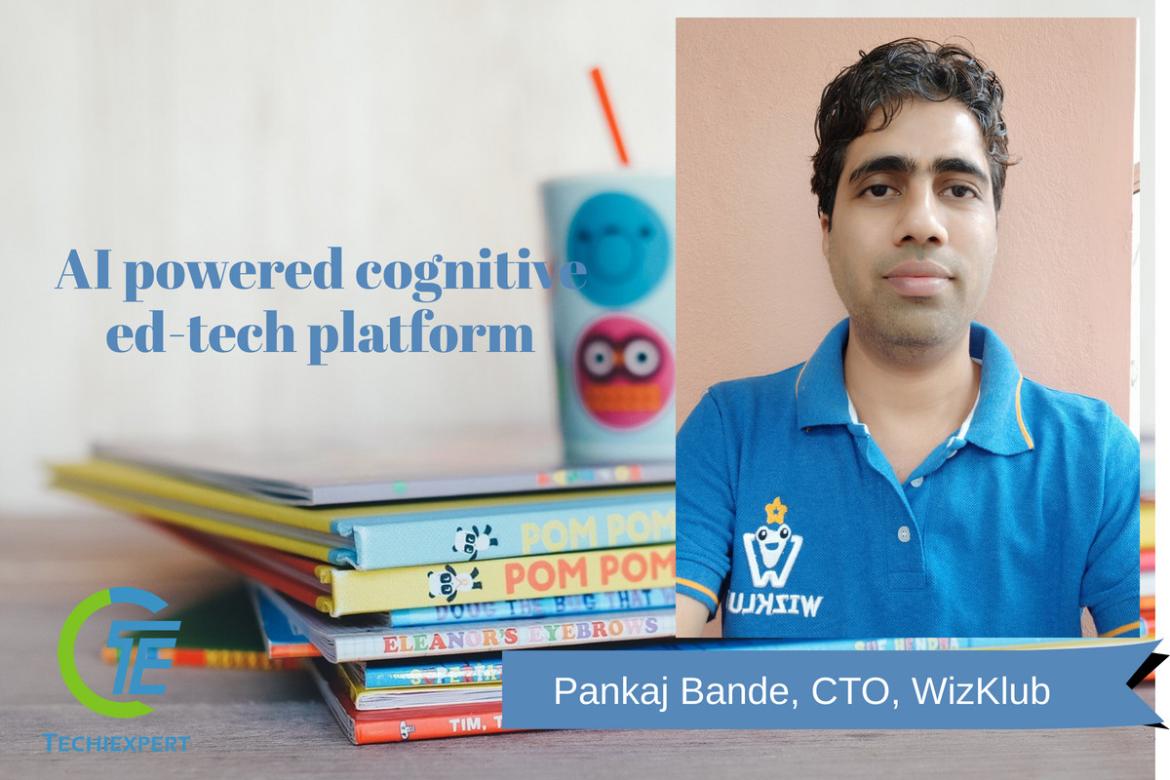Can AI Companions Enhance Human Creativity and Innovation?
In the ever-evolving landscape of technology, the advent of AI companions has sparked a profound discourse on their potential to revolutionize human creativity and innovation. These AI-powered entities are poised to redefine the boundaries of creative expression and problem-solving, ushering in a new era of human-machine collaboration.

AI Companions: A New Frontier In Human-Machine Interaction
AI companions are intelligent software agents designed to interact with humans in a natural and intuitive manner. They possess a range of capabilities, including natural language processing, machine learning, and data analysis, which enable them to understand human intentions, provide personalized assistance, and generate creative content.
Their has ignited excitement among artists, designers, engineers, and other creative professionals who see AI companions as a powerful tool to augment their abilities and explore new avenues of expression. This article delves into the transformative potential of AI companions in enhancing human creativity and innovation, examining their benefits, real-world applications, and future prospects.
Benefits Of AI Companions In Enhancing Creativity And Innovation
- Assistance in Idea Generation: AI companions can serve as brainstorming partners, generating novel ideas and concepts through data analysis, pattern recognition, and creative algorithms. They can provide unique perspectives and insights, helping individuals overcome creative blocks and explore new directions.
- Inspiration and Exploration: AI companions can introduce users to new domains, art forms, and cultural influences, broadening their creative horizons. They can provide access to vast databases of information, enabling users to explore diverse concepts and ideas that might otherwise remain undiscovered.
- Overcoming Creative Blocks: AI companions can help individuals overcome creative blocks by suggesting alternative approaches and solutions. They can analyze user preferences and provide personalized recommendations for creative activities, helping them break out of their comfort zones and explore new possibilities.
- Collaboration and Feedback: AI companions can collaborate with humans in creative projects, contributing their unique strengths and capabilities. They can provide real-time feedback on creative work, helping users refine and improve their ideas. This collaboration can lead to innovative and groundbreaking outcomes.
Examples And Case Studies
The potential of AI companions in enhancing creativity and innovation is not merely theoretical; there are already numerous real-world examples of AI-human collaboration leading to remarkable achievements.
Success Stories of AI-Human Collaboration:
- Art and Design: AI companions have been used to create stunning works of art, generate unique design concepts, and even compose music. For instance, the AI-powered art generator DALL-E 2 has gained widespread attention for its ability to transform text prompts into visually captivating images.
- Literature and Storytelling: AI companions have assisted authors in developing compelling storylines, creating realistic characters, and crafting engaging narratives. The AI-powered writing assistant, Grammarly, has become an invaluable tool for writers, helping them refine their writing style and identify potential errors.
- Scientific Research and Innovation: AI companions have played a crucial role in scientific research and innovation, aiding scientists in analyzing vast datasets, identifying patterns, and generating hypotheses. For example, AI has been used to develop new drugs, discover new materials, and even predict the spread of diseases.
Impact on Innovation in Different Industries:
- Design: AI companions are helping designers explore new design possibilities, create personalized products, and optimize user experiences. They can analyze user preferences, generate design concepts, and even test different design iterations.
- Engineering: AI companions are assisting engineers in designing more efficient and reliable products, optimizing manufacturing processes, and predicting potential failures. They can analyze data from sensors, identify patterns, and suggest improvements.
- Healthcare: AI companions are aiding healthcare professionals in diagnosing diseases, developing personalized treatment plans, and predicting patient outcomes. They can analyze medical images, electronic health records, and genetic data to provide valuable insights.
Challenges And Limitations

Despite the immense potential of AI companions, there are certain challenges and limitations that need to be addressed.
Ethical Considerations:
- Copyright and Ownership: When AI companions generate creative content, questions arise regarding copyright ownership and intellectual property rights. It is essential to establish clear guidelines to ensure fair compensation for human creators and prevent potential legal disputes.
- Bias and Fairness: AI companions are trained on vast datasets, which may contain biases and prejudices. These biases can be inadvertently reflected in the creative content generated by AI, leading to unfair or discriminatory outcomes. It is crucial to address these biases and ensure that AI companions are fair and inclusive.
Technological Limitations:
- Limited Creativity: While AI companions can generate creative content, their creativity is often constrained by the data they have been trained on. They may struggle to generate truly original and groundbreaking ideas that transcend human imagination.
- Lack of Emotional Intelligence: AI companions lack emotional intelligence and empathy, which are essential for creating truly impactful and emotionally resonant creative works. They may struggle to understand the nuances of human emotions and experiences, limiting their ability to produce content that deeply connects with audiences.
Future Prospects And Conclusion
The future of AI companions in enhancing human creativity and innovation is brimming with possibilities. Ongoing research and advancements in AI technology hold the promise of overcoming current limitations and unlocking even greater potential.
Future Directions of AI Companion Development:
- Enhanced Creativity and Emotional Intelligence: AI companions are likely to become more creative and emotionally intelligent in the future. They may be able to generate more original and groundbreaking ideas, understand and respond to human emotions, and create content that resonates deeply with audiences.
- Seamless Human-AI Collaboration: The collaboration between humans and AI companions is expected to become more seamless and intuitive. AI companions may be able to anticipate human needs, provide real-time assistance, and adapt to different creative styles and preferences.
- Integration with Other Technologies: AI companions may be integrated with other emerging technologies, such as virtual reality and augmented reality, to create immersive and interactive creative experiences.

AI companions have the potential to revolutionize human creativity and innovation by providing assistance, inspiration, and new perspectives. While there are challenges and limitations to overcome, ongoing advancements in AI technology and human-AI collaboration hold the promise of unlocking even greater potential in the years to come.
YesNo

Leave a Reply